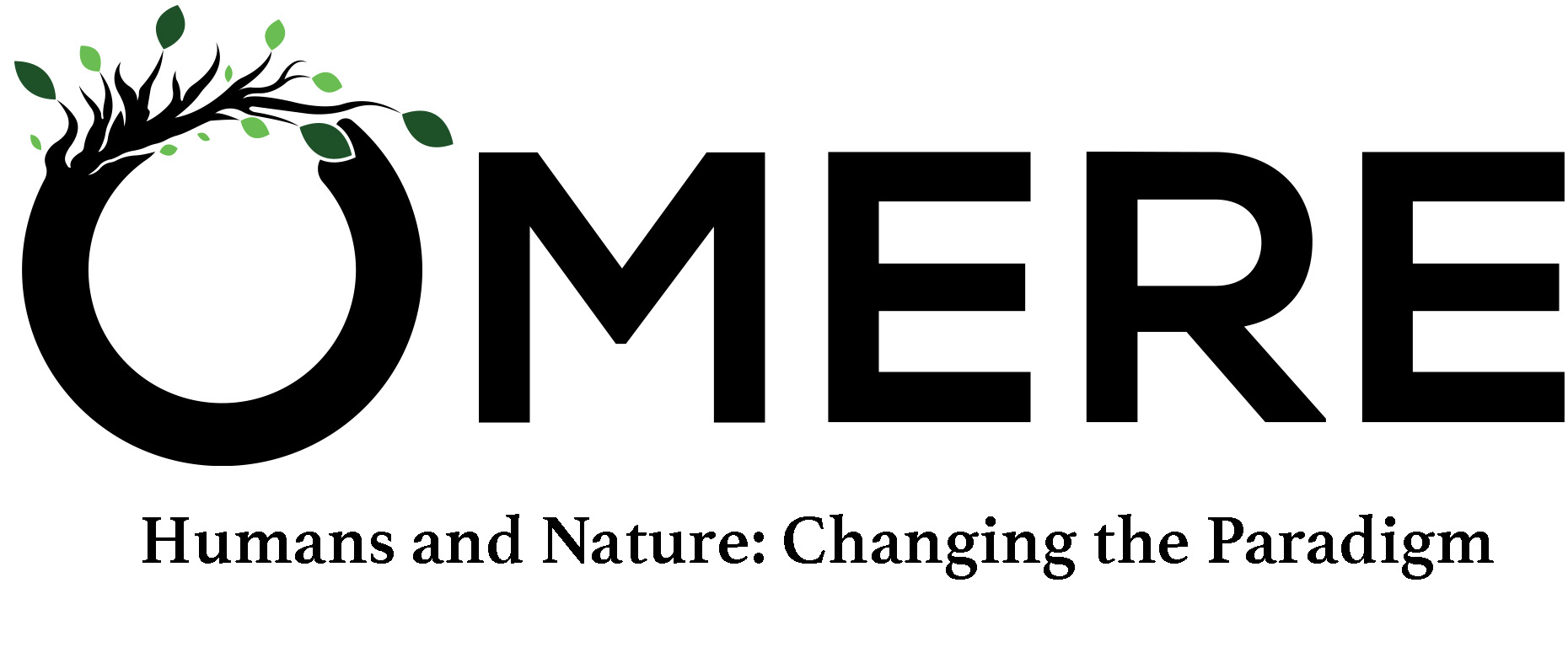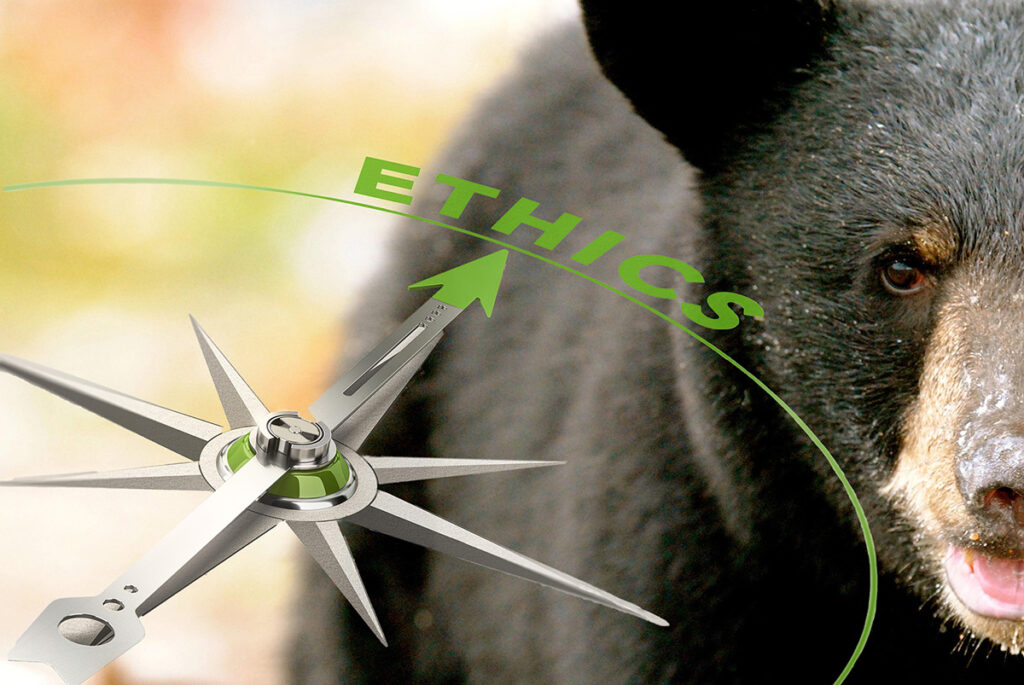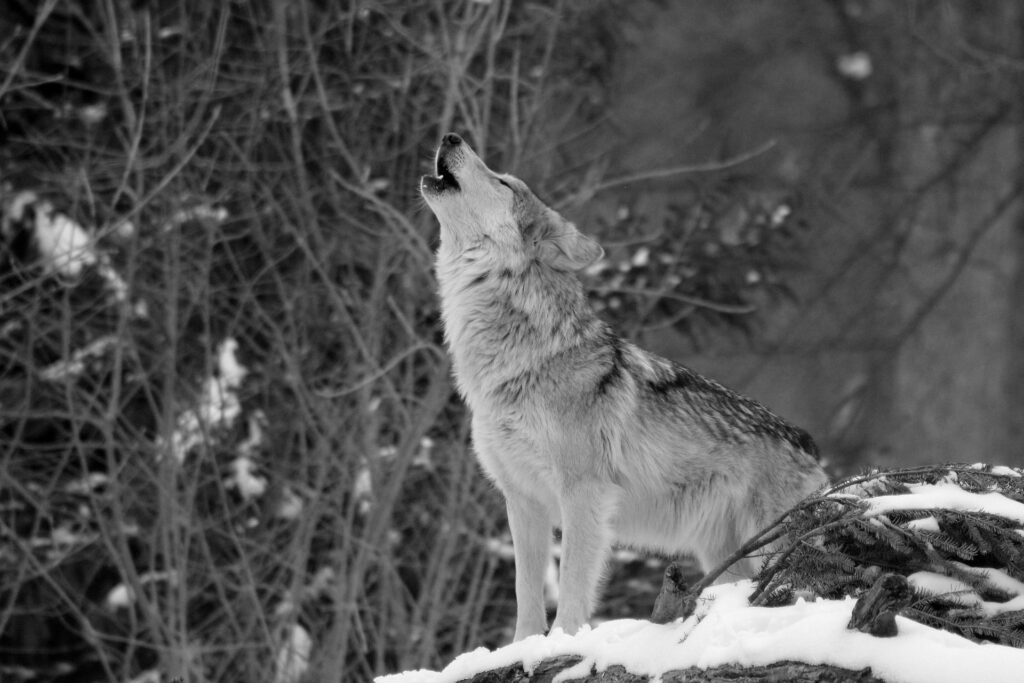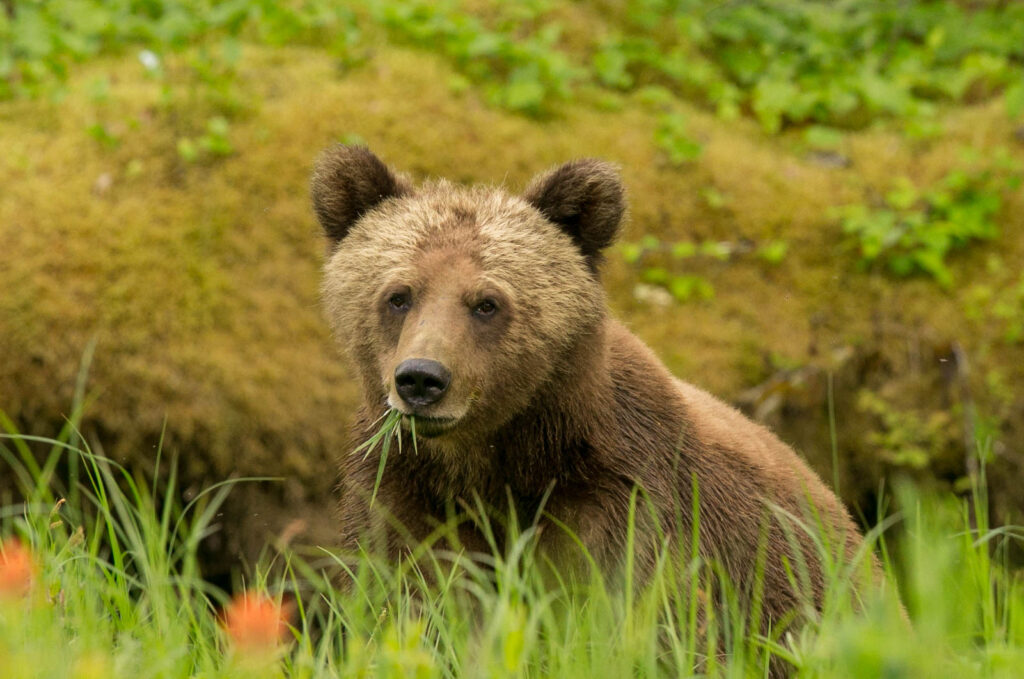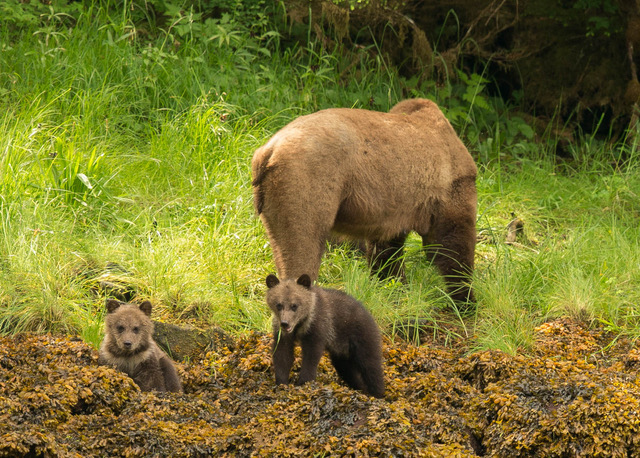Image Credit: Dr.We/Olivier Le Moal/Shutterstock
The miracle of sentient life and the agony of suffering demand establishing a code of ethics that would govern all structures of wildlife management. Such a code would need to address the intrinsic value of wild animals. In the age of a mutualism paradigm, animals are deemed to have the right to exist for their own sake, and arbitrarily disposing of them amounts to a moral failure.
Modern wildlife management has come a long way since its modest beginnings. What started as a primarily academic effort geared towards enhancing agricultural production has grown and metamorphosed into an inter-institutional undertaking that encompasses wild areas, farmlands, and urban neighbourhoods. In the process, wildlife management has also enhanced itself with a physical and intellectual apparatus suggestive of a mature scientific endeavour. The field has become highly respected, appropriately endowed with high-tech measurement and monitoring tools. On an epistemological ground, it has acquired an academic foundation with an abundance of quantitative and qualitative research. It has also made a considerable claim to public funding and governmental expenditures. True, its budgetary prowess might remain permanently insufficient to meet the enormous scope of pressing challenges, but it has grown considerably under the auspices of both provincial and federal governments.
Technological and scientific advancements have, indeed, been striking. Electronic gadgets, complex charts and statistical data have become appurtenances of modern wildlife management, as have daily sightings of conservation officers traversing urban neighbourhoods, dressed in uniforms and carrying deadly weapons. Wildlife conservation is a serious business. A deadly serious one.
Importantly, all the technological, scientific, and funding-related growth has occurred over the last few decades, coinciding with the shift in public attitudes toward wildlife. Starting with the environmental movement in the 1960s and 1970s, interest in wild animals – including wildlife welfare – attained greater visibility in the public discourse. Sentience, as well as pain and suffering, would no longer be seen as an exclusive characteristic of the human animal.
Due to recent scientific findings and people’s everyday experiences, the Cartesian dualism that perceives animals as mindless creatures has fallen out of favour. In the process, values of dominion over nature have given way to those of mutualism and co-existence. The former conceives of wildlife as a resource to be managed for human benefit, while the latter looks at a wild animal as “one of us” and is open to co-existence as well as granting animals significant rights and protections.
The overall trajectory of views is unmistakable. Ordinary people increasingly believe that wild animals deserve to be part of a broader social community. “Ordinary” is, however, a crucial qualifier. In contrast to the realm of public opinion, the shift in thinking from dominion to mutualism has not influenced the practice of modern wildlife conservation. In defiance of society’s evolution towards compassion and tolerance, the field of wildlife management still adheres to the notion that co-existence with wild animals inevitably and unacceptably endangers humans. Moreover, it sees wild animals as “pests” fit for extermination once their presence in an ecosystem is perceived to impede industrial, agricultural or developmental priorities.
Mutualistic views might have been mandated in a voting booth, but they haven’t yet been written into professional manuals that govern the conduct of wildlife management professionals.
The consequences of such thinking have scared a deep tissue of wildlife. In on-the-ground management practice – both in the forest and in urban settings – cruelty towards wildlife and the disregard of its needs predominate. Wild animals are shot, poisoned, trapped, or orphaned because, despite its technological sophistication and statistical rigour, wildlife management continues to operate in an ethical void. Non-human life becomes expendable. The field ignores the presence of a clear moral component in human-animal interactions and envisions its mission solely through the prism of human prerogatives. It is as if the societal sea change in attitudes towards wildlife has bypassed the very organizations that are most consequential in affecting the wellbeing of wildlife.
The irony astounds. While the majority of people have become more compassionate towards wild animals, professional structures delegated through the democratic process to implement the wishes of this majority continue to cling to the dominion paradigm.
Of course, the phenomenon of voters’ expectations not trickling down to day-to-day governmental functioning is not unique to wildlife conservation. It is likely one of the main reasons for citizens increasing disenchantment with the political process. From this perspective, wildlife management’s successful resistance to societal pressures is yet another example of interest groups and lower-level managers, whose job security is unaffected by political changes, imposing their values regardless of electoral results. People vote, leaders change, but the anachronistic bureaucracy remains in place. The same story, yet again, the cynic in me bitterly concedes.
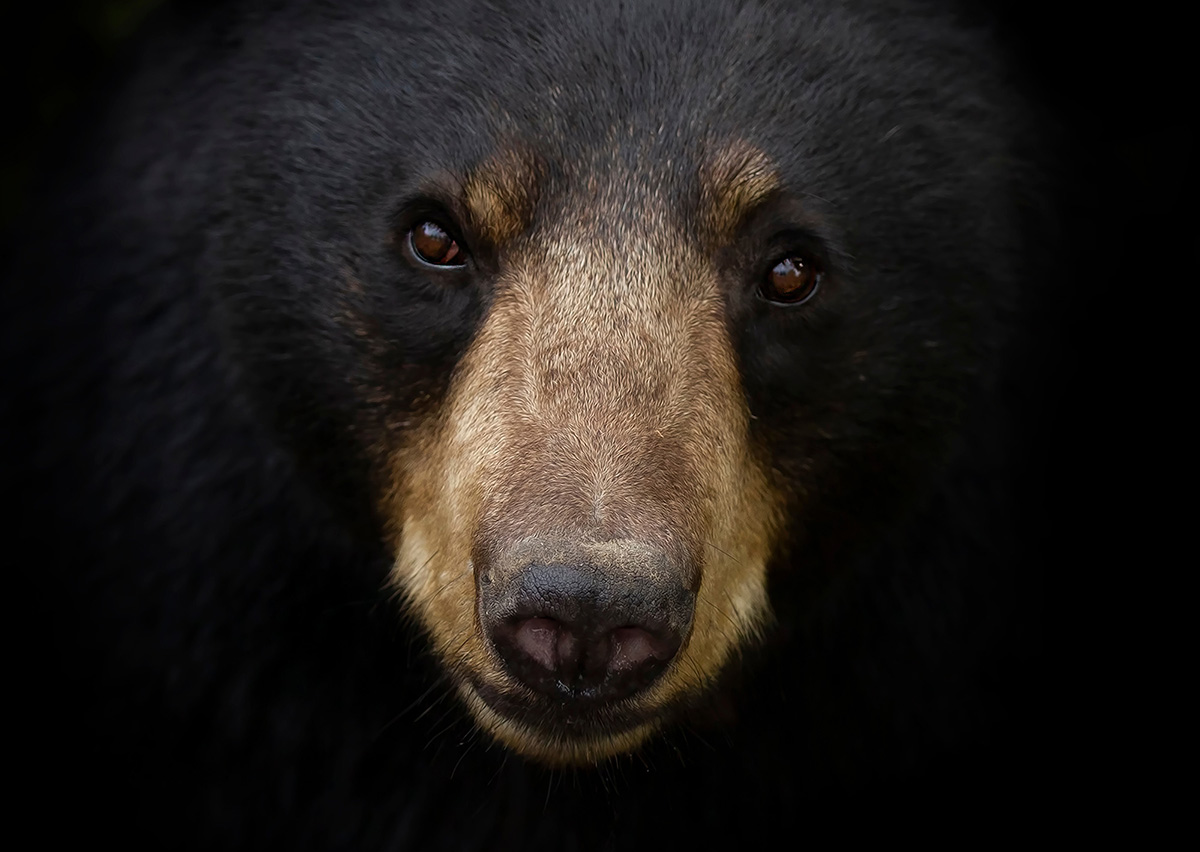
Image Credit: Jim Cumming/Shutterstock
However, in the case of wildlife conservation, at least in British Columbia, the persistence of dominion values should not surprise. Most conservation officers are also active hunters, and one cannot expect the expressed beliefs of the voting public to magically permeate the value system of those whose recreational conduct is antithetical to these very beliefs. Such transformation is unlikely until the shift in public views has been codified in an overarching and binding ethical guidance within the field. It hasn’t, and, for now, electoral ballots are just blowing in the wind. Mutualistic views might have been mandated in a voting booth, but they haven’t yet been written into professional manuals that govern the conduct of wildlife management professionals.
The lack of an ethical code to guide the resolution of human-wildlife conflicts has brought arbitrariness to the practice of wildlife management. The fate of wild animals is at the mercy of an individual wildlife conservation unit. It depends on its whimsy or its preference for the slightest inconvenience. If a given lead conservation officer favours killing any bear that has entered human-dominated areas, the lethal approach becomes the predominant method of dealing with all wildlife conflicts. It all comes down to luck. A wild animal ends up being “lucky” or “unlucky” because, in the absence of an ethical code that would determine which behaviours and encounters warrant killing a bear and which do not, the preference of a single wildlife conservation unit remains the sole determining factor.
…subjectivity and randomness drive the implementation of wildlife conservation strategies.
The dearth of ethical principles is not the only reason for a chaotic and random approach to human-wildlife conflicts. Certainly, the inclusion of an ethical component could prevent especially egregious transgressions by the conservation service. However, the problem runs deeper. At least in British Columbia, institutional deficiency is compounded by the lack of independent oversight of the conservation service. In the province, no external mechanisms are in place to push against the consequences of the ethical vacuum within the structures of wildlife management. The circle closes. The suffering and anguish of wild animals do not trigger ethical consideration either from within or outside the B.C. Conservation Officer Service.
In such a context, subjectivity and randomness drive the implementation of wildlife conservation strategies. An officer might kill a bear because two residents called about the bear’s presence in the neighbourhood. Had only one of them called, the bear might have been spared. Or a different officer might kill a different bear because the bear was spotted rummaging through the garbage twice. Had it been spotted only once, it might not have been shot. Similarly, whether a bear dies or lives might come down to the ease of relocation, which, in turn, depends on staff and funding shortages or even the subjective perception of such shortages.
Moreover, an individual resident, utterly unschooled in wildlife management, can determine the fate of a wild animal. A conservation officer might choose to shoot a bear to calm a resident who is especially rattled by a bear spotted in the vicinity, even if, by objective standards, the bear presents a minuscule danger. Perhaps a lethal solution would have been withheld if the resident had been less fearful of wildlife.
A bear’s life might also depend on whether he passed near a school playground where children play. In such a scenario, the bear is more likely to be killed than if he passed a house. The presence of pets, especially dogs, can also seal the fate of an inconvenient bear to forestall the possibility, however remote, of a bear attacking a domestic animal. These and other countless circumstances play a role in how wildlife management deals with wildlife. What is most salient in all these cases is the arbitrariness of preferred choices and the absence of an ethical guide.

Image Credit: Volodymyr Burdiak/Shutterstock
This is not the way it should be. The haphazardness with which matters of life and death are settled runs counter to all we know about animals and their inner lives. Wildlife deserves more. The miracle of sentient life and the agony of suffering demand establishing a code of ethics that would govern all structures of wildlife management. Such a code would need to address the intrinsic value of wild animals. In the age of a mutualism paradigm, animals are deemed to have the right to exist for their own sake, and arbitrarily disposing of them amounts to a moral failure.
Importantly, ethics constrains as well as facilitates the pursuit of wildlife management. In day-to-day practice, explicit ethical guidance both complicates and clarifies the decision-making process. It complicates it because it takes away the convenience of an opportunistic action – such as killing a “habituated” bear, instead of employing a non-lethal approach – when resources are scarce, time pressures intense, and demands from a fearful citizen are insistent and bothersome. By spelling out principles of just and unjust conduct, ethics forces wildlife professionals to resist acting randomly or inconsistently, regardless of situational exigencies. It makes killing a wild animal a hard choice, and rightly so. Taking a life should be hard. It should be the last avenue of action, undertaken only after exhaustive deliberation and consideration of other options. Lethal choices are irrevocable, and if there is one dimension that ethics must delve into, it is the realm of the irreversible.
On the other hand, incorporating ethics offers clarity and foundational support to wildlife management. It answers questions that, in the absence of ethics, remain mired in vagueness and uncertainty. As Hadidian et al. write, practical ethics helps “us distinguish better from worse ways of thinking and acting, and in so doing, help the profession reflect upon and improve its politics, policies, and practices.” Consequently, ethics provides guidance on potentially contentious issues. Especially in the context of increasingly unavoidable space-sharing, ethics can shed light on the compassionate way of dealing with wild animals who venture into human-dominated landscapes.
…failure to incorporate ethics into all structures of wildlife management allows for cruelty to animals and excessive reliance on lethal methods to go unpunished.
At a minimum, ethics draws attention to the critical aspect of “rights.” What was previously vaguely addressed comes to the forefront. What “rights” do humans and animals have in a landscape that includes them both? Does the goal of calming the fears of the former justify killing the latter? Who decides the course of action when the life of a wild animal is at stake: conservation officers only, conservation officers in collaboration with local wildlife organizations, or people residing in a given neighbourhood? In essence, ethical principles separate justified from unjustified, right from wrong, and thus clearly establish grounds for choosing between competing interests, values, and preferences.
Ethical principles offer much more than that, however. Apart from establishing a moral platform for human-wildlife interactions, they provide direction for disciplinary action against conservation officers who fail to adhere to the proper code of action. In fact, ethics are the only recourse for rectifying wrongs. Therefore, failure to incorporate ethics into all structures of wildlife management allows for cruelty to animals and excessive reliance on lethal methods to go unpunished. Except for a transgressor, everybody loses in such a scenario. Institutional disregard for life diminishes the suffering of sentient creatures whose existence has intrinsic value. Their death, unnecessary in the first place, remains unacknowledged, trivialized, and unaccounted for.
Impunity in the face of perceived animal cruelty also erodes the public trust and respect for wildlife professionals. Losing them both poses, in turn, a grave danger to the very functioning of wildlife management. Yes, the field can defy the public’s views; after all, it has done it so far. And yet, looking forward, it can only do it to a point. As society grows ever more appreciative of coexistence, Hadidian et al. write, ignoring “shifting public values toward wildlife risks not only alienating a large segment of the populace but also more importantly of eroding the credibility and efficacy of wildlife management agencies.”
Relying on ethics in establishing and enforcing wildlife management policies is indispensable. Its absence harms and devalues wild animals while antagonizing a large segment of the populace against conservation officers. The current status quo reflects an outdated and inhumane paradigm. It is thus high time for mutualist values that have already entered public consciousness to find their way into the field that is not morally neutral. Suffering and institutional indifference to this suffering have lasted too long. Wild animals feel the same anguish, the same joy that we do. They are our fellow creatures in this fragile journey of life, and they deserve better.
